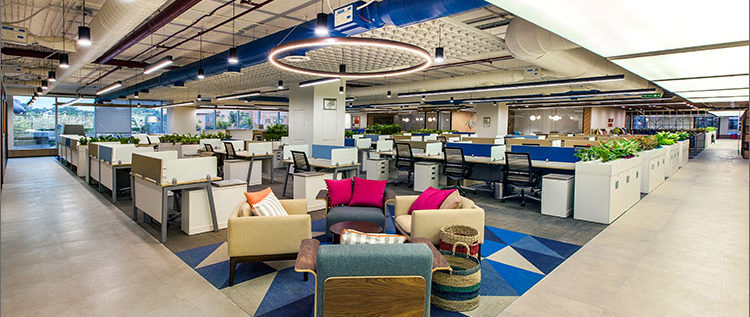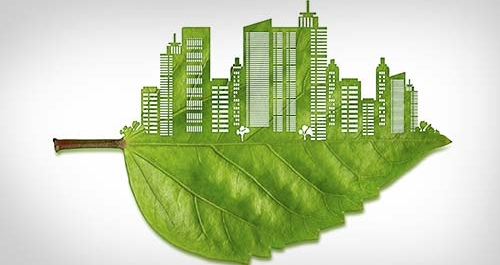 Mushroom Bricks[/caption]
Steel Dust Concrete - Ferrock is created from waste steel dust from industrial processes and silica from ground up glass. The result is a concrete-like building material that is five times stronger than concrete. It can withstand more compression and is far more flexible, meaning it could potentially resist seismic activity and it becomes even stronger in salt water environments, making it ideal for marine-based construction projects. Moreover, Ferrock actually absorbs and binds CO2 making it a carbon-negative process.
Mushroom Bricks[/caption]
Steel Dust Concrete - Ferrock is created from waste steel dust from industrial processes and silica from ground up glass. The result is a concrete-like building material that is five times stronger than concrete. It can withstand more compression and is far more flexible, meaning it could potentially resist seismic activity and it becomes even stronger in salt water environments, making it ideal for marine-based construction projects. Moreover, Ferrock actually absorbs and binds CO2 making it a carbon-negative process.
 Shrimp Plastics - Known as Shrilk, this bioplastic is made from chitosan, a form of chitin extracted from the shells of shrimps and other crustaceans – the second most abundant organic material on earth Chitosan gives the material its strength, while the addition of silk fibres and wood flour enable it to be manipulated in any 3D shape. It is biodegradable, matches aluminium in strength at only half the weight and actually releasing nutrients into the soil while it breaks down.
Shrimp Plastics - Known as Shrilk, this bioplastic is made from chitosan, a form of chitin extracted from the shells of shrimps and other crustaceans – the second most abundant organic material on earth Chitosan gives the material its strength, while the addition of silk fibres and wood flour enable it to be manipulated in any 3D shape. It is biodegradable, matches aluminium in strength at only half the weight and actually releasing nutrients into the soil while it breaks down.
 Invisible Solar Tiles - The solar roof tiles introduced by Elon Musk of Tesla come with an integrated Powerwall battery. The amount of electricity the roof produces can be customized to fit the energy needs by using the combination of solar tile and non-solar tile. Both appear the same. Made with tempered glass, the tiles are more than three times stronger than standard roofing tiles and are warrantied for the lifetime of the house, or infinity, whichever comes first.
Invisible Solar Tiles - The solar roof tiles introduced by Elon Musk of Tesla come with an integrated Powerwall battery. The amount of electricity the roof produces can be customized to fit the energy needs by using the combination of solar tile and non-solar tile. Both appear the same. Made with tempered glass, the tiles are more than three times stronger than standard roofing tiles and are warrantied for the lifetime of the house, or infinity, whichever comes first.
 Breathe Brick– Pollution Absorbing Bricks by Carmen Trudell, an assistant professor at Cal Poly San Luis Obispo's school of architecture forms the part of a building's regular ventilation system, with a double-layered facade of the specialist bricks on the outside and a standard internal layer providing insulation. Similar to modern vacuum cleaners, Breathe Brick's cyclone filtration system separates the heavy pollutant particles from the air and drops them into a removable hopper at the base of the wall.
Breathe Brick– Pollution Absorbing Bricks by Carmen Trudell, an assistant professor at Cal Poly San Luis Obispo's school of architecture forms the part of a building's regular ventilation system, with a double-layered facade of the specialist bricks on the outside and a standard internal layer providing insulation. Similar to modern vacuum cleaners, Breathe Brick's cyclone filtration system separates the heavy pollutant particles from the air and drops them into a removable hopper at the base of the wall.
 Air-conditioning Walls - The team at the Institute for Advanced Architecture of Catalonia lead by Areti Markopoulou have created a new material Hydroceramics. It is made up of hydrogel bubbles that are able to retain up to 400 times their volume in water. The spheres absorb liquid and on hot days their contents evaporate, reducing a space’s temperature. A rainy day would suffice for the bubbles to fill up and be ready to restart the process, saving energy consumption.
Air-conditioning Walls - The team at the Institute for Advanced Architecture of Catalonia lead by Areti Markopoulou have created a new material Hydroceramics. It is made up of hydrogel bubbles that are able to retain up to 400 times their volume in water. The spheres absorb liquid and on hot days their contents evaporate, reducing a space’s temperature. A rainy day would suffice for the bubbles to fill up and be ready to restart the process, saving energy consumption.




















